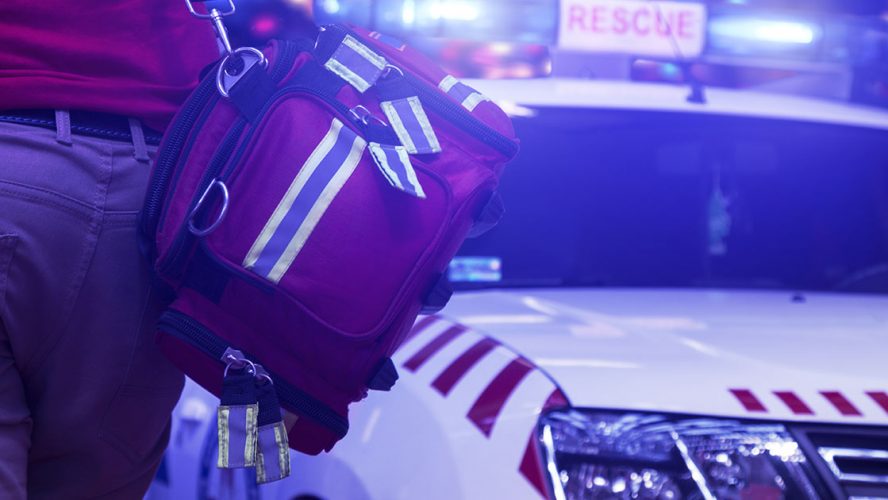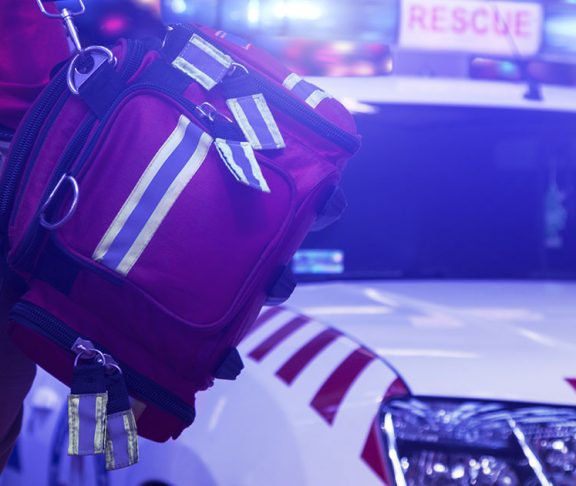As winter approaches, many of us hope for decent weather but brace for harsh storms. Snow, ice and cold temperatures can pose many hazards, making it important for everyone to stock up on essentials and be prepared for poor conditions.
Even if snow and ice are rare in your area, it is best to be prepared for emergencies both at home and on the go. While severe storms can keep you holed up in your home for days at a time, they can just as easily strand drivers on the side of the road.
Fortunately, you can get ahead of winter weather now by gathering crucial supplies and making basic emergency plans.
Home emergency kit
Every home should have an emergency supply kit located in an accessible storage area. It’s best if you store the items in plastic containers that are easy to grab and carry.
Emergency kits are meant to help you survive not only during an emergency, but also during the aftermath. When it comes to food and drink, you should maintain enough nonperishable food for at least three days and a can opener. Keep protein-packed foods you can cook without electricity, such as tuna, peanut butter and granola bars, and don’t forget about food for your pets. Ensure that you keep a minimum of one gallon of water per person per day for at least three days. Additionally, home emergency supply kits should include:
- Hand-crank or battery-powered radio with extra batteries to stay up-to-date on weather alerts
- Flashlight with extra batteries
- First aid kit with gauze, tape, bandages, antibiotic ointment, aspirin, non-latex gloves, scissors, hydrocortisone, thermometer, tweezers and an instant cold compress
- Tool kit, in case you need to shut off utilities
- Hand sanitizer and garbage bags
- Plastic sheeting and duct tape for broken windows or a leaky roof
- Whistle
- Blankets
- Spare phone charger
- Shovel
- Salt
Make sure every family member — and any guests staying with you — know where to find this kit and can easily access it.
Vehicle emergency kit
In addition to a home emergency kit, every vehicle should have an emergency supply kit located in the trunk. Whether or not you live in an area that experiences snow and ice, your vehicle emergency supply kit should include:
- Properly-inflated spare tire, wheel wrench and tripod jack
- Jumper cables
- Tool kit
- Flashlight and extra batteries
- Reflective triangles and brightly colored cloth to make your vehicle more visible
- Reflective vest in case you need to leave your car
- Compass
- First aid kit with gauze, tape, bandages, antibiotic ointment, aspirin, non-latex gloves, scissors, hydrocortisone, thermometer, tweezers and an instant cold compress
- Nonperishable, high-energy foods (i.e., unsalted nuts, dried fruits, hard candy)
- Water
- Car charger for your cell phone
- Fire extinguisher
- Duct tape
- Rain poncho
In addition to these items, you can include cold-weather items such as:
- Snow brush
- Snow shovel/ice scraper
- Windshield washer fluid
- Warm clothing
- Cat litter for traction
- Blankets
Stay safe
If you anticipate poor conditions during a trip, share your travel plan with a friend before setting out. Don’t empty your car’s kit just because the snow has melted. The hope is that you will never need to actually use these emergency kits, but in the event that you do need them they need to be ready.
Kits should be checked every six months, and expired items should be replaced to keep them up to date. The more you know about the natural disasters common in your area — and the area you are traveling — the better prepared you can be.

